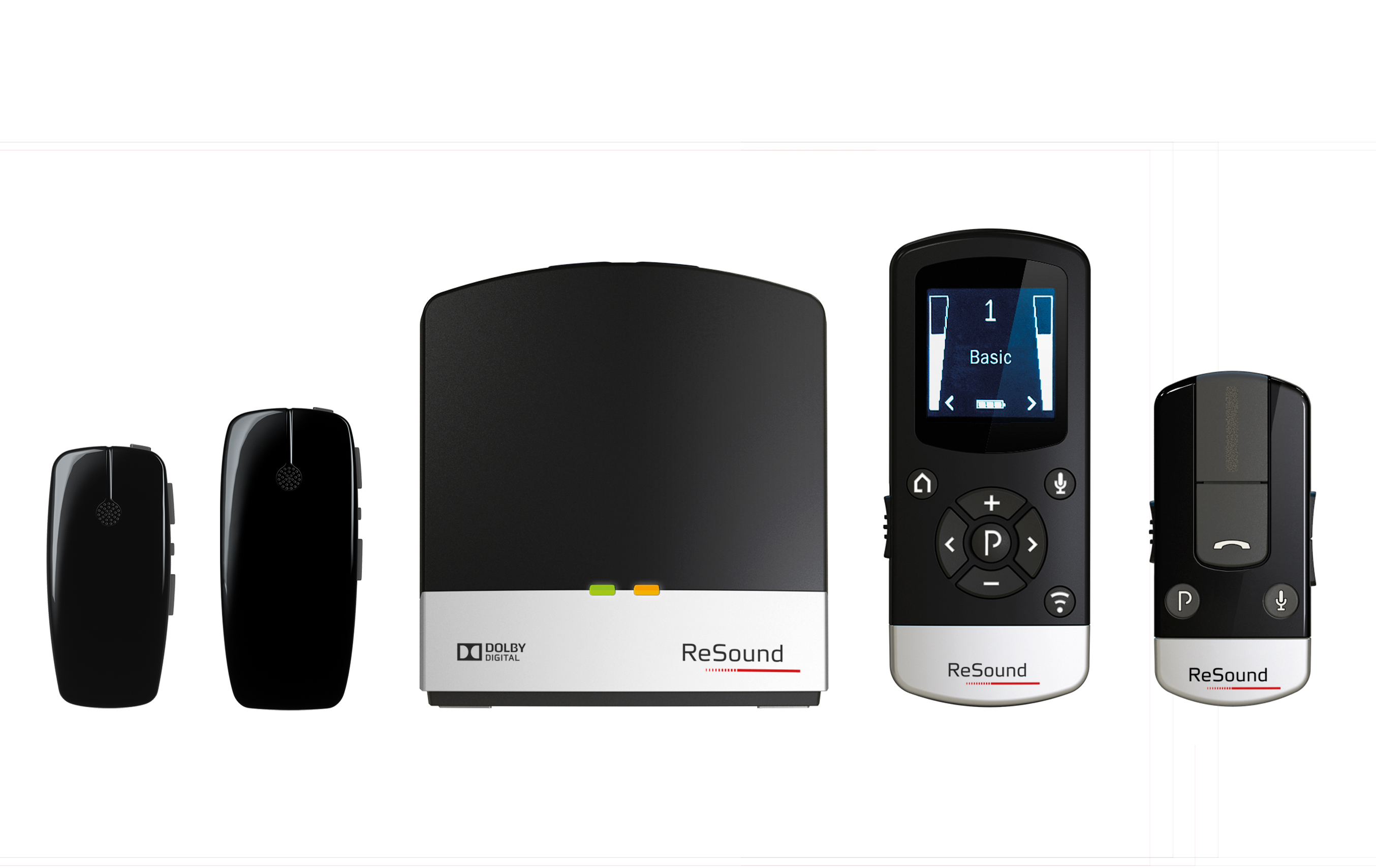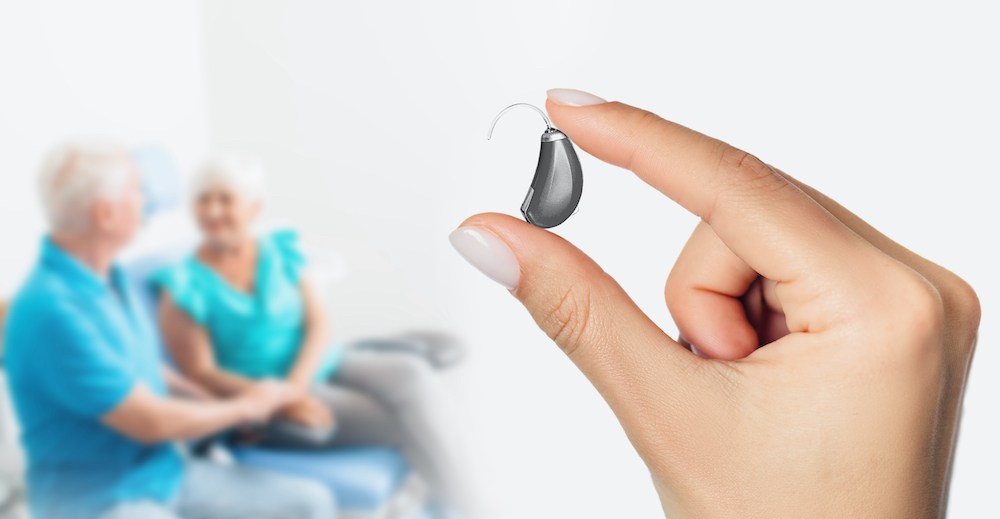Telephone:
Communication on the telephone can often be a challenge for individuals with hearing devices. Given that telephone use is essential in day-to-day life, there are several options for improving hearing on a telephone. Direct-to-iPhone: Bluetooth technology will now allow us to connect an Apple iPhone (model 5 or newer) directly to newer models of hearing devices. The phone call will stream directly into both hearing devices, allowing for a clear phone call with a volume that is appropriate based on your hearing loss. For Direct-to-iPhone devices, the hearing device user will still need to speak into to phone, but does not have to hold the phone up to the ear. Direct-to-iPhone is built into the hearing devices and uses a free app from the app store. However, it is specific to certain hearing device models and manufacturers. Why not Android?! Direct streaming for cell phone use has been a challenge with the Android platform, however there are a very few select products that allow for direct streaming to one hearing device with Android. Binaural (both ears) streaming to Android devices is scheduled to be released in the next 4-6 months with newer technology. Never fear – an option to allow Android users access to the cell phone does exist. Phone Clip: A phone clip is an accessory that connects to both the hearing devices and a cellphone. It is typically worn on the person’s shirt and acts as an intermediary between the two devices (hearing devices and cell phone). The phone clip can be used with an older iPhone, a flip phone, Android smart phones or any other phone with Bluetooth capabilities. They can also be used to connect to a Bluetooth enabled landline telephone. It allows for direct streaming of phone calls into both hearing devices, and functions as a hands-free Bluetooth device. The phone clip has a microphone on it in order to pick up the user’s voice when speaking, so holding the cell phone is not necessary when talking on the phone with the phone clip. Telecoil: A telecoil is an older method of making a landline telephone accessible to hearing device users. Telecoils work well for some, but are often cumbersome and limited in benefit. They are less popular due to the decrease in landline phone use and technology advances have been directed more towards cellular phones. Telecoils are built in to some models of hearing devices and usually cannot be added at a later time. Amplified and Captioned Phones: Landline telephones are available in amplified versions as well as with captioning. Amplified telephones are telephones with an adjustable volume that will increase to a much louder volume. They are specifically designed with the hearing impaired user in mind. Amplified telephones are very beneficial for patients with mild to moderately severe hearing loss and with or without hearing devices. Captioned telephones are telephones that utilize a captioning service to type out what the caller is saying. There are 3 people on the phone call – the caller, the recipient and an invisible/silent intermediary who is typing the phone conversation. These are best for patients with severe to profound hearing loss and/or poor speech understanding. However, any patient with hearing loss can obtain a free captioned telephone by requesting a phone through a hearing device provider. A hearing test may be required if you are not established with the provider. The captioned telephone and captioning service is paid for by your phone taxes.
Television
TV Adapter: Do you have difficulty understanding the television even with hearing devices? Many people receive benefit from the use of a TV adapter. This is a Bluetooth device that connects to your television, usually through an audio in/out connection. The Bluetooth device sends the television directly to your hearing devices, eliminating the distance between the television and you. It helps overcome background noise around you and allows you to listen to the volume at a level best for you while your spouse or family member can listen to the television at their volume. TV adapters are hearing device and manufacturer specific and must be purchased through your hearing device provider to ensure the adapter needed for your specific hearing devices is ordered.
Conversation
Mini Microphone: For patients who continue to have difficulty understanding speech in background noise or at a distance, the Mini Microphone is a nice option. The microphone is worn on one person’s shirt – usually the person speaking. The Mini Microphone is most useful in one-on-one conversations in the presence of noise (restaurants), large group or lecture settings (church, meetings) or in the home between two people. The microphone transmits the speaker’s voice directly to the hearing devices, allowing for a more clear speech signal which is louder than the background noise around you. Do you see a use for one of these devices in your day to day life? All devices listed (with the exception of the amplified telephone and captioned telephone) are manufacturer and hearing device specific and must be purchased through your hearing device provider. Please feel free to call us at (816) 205-7220 with questions on any of these devices! Stay tuned for Part 2 of the series – When Hearing Devices are not Enough: Cochlear Implants and BAHA.



